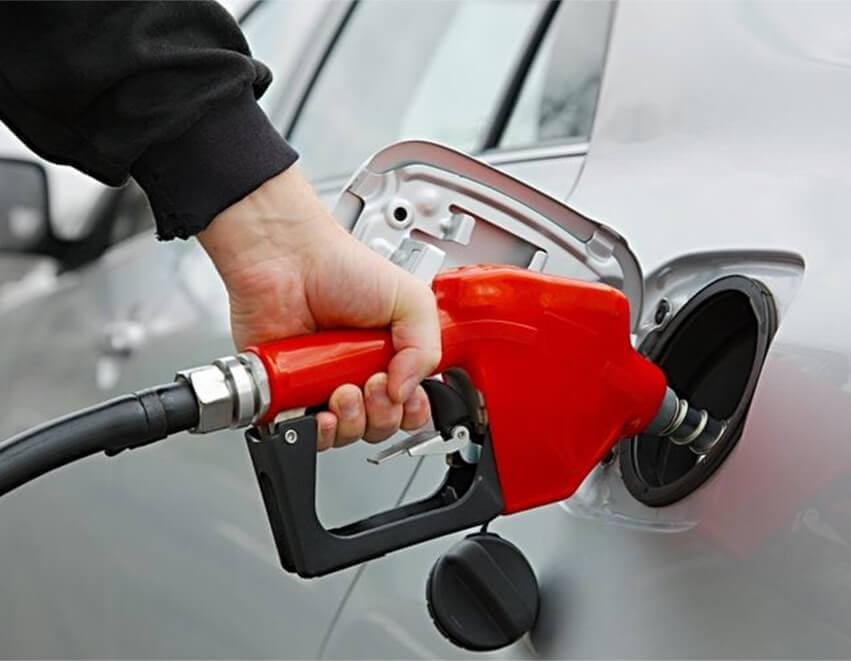Fuel dispenser systems play a big role in the smooth operation of gas stations—they provide customers with a convenient and efficient means to refuel their vehicles. The installation of these systems requires careful consideration of various factors to ensure both safety and optimal functionality. In this article, we will explore the key aspects of fuel […]
Fuel dispenser systems play a big role in the smooth operation of gas stations—they provide customers with a convenient and efficient means to refuel their vehicles.
The installation of these systems requires careful consideration of various factors to ensure both safety and optimal functionality.
In this article, we will explore the key aspects of fuel dispenser systems installation, focusing on fuel dispenser pump types, gas station pump configurations, and fuel dispenser specifications.
Fuel dispenser pumps come in different types. Each is designed to cater to specific needs and requirements. The two primary types are suction pumps and submersible pumps.
Suction pumps are located above the fuel storage tank and use suction to draw fuel into the dispenser. On the other hand, submersible pumps are submerged in the fuel storage tank, pushing the fuel up to the dispenser.
During the installation process, it’s important to choose the appropriate fuel dispenser pump type based on factors such as the station’s layout, fuel storage capacity, and the anticipated fueling demand.
Additionally, considerations for maintenance and accessibility should be factored into the decision-making process.
Gas station pump configurations vary based on the number of dispensers and fuel types offered. Single dispensers are suitable for smaller gas stations, while larger facilities may require multiple dispensers to accommodate higher traffic.
Moreover, gas stations often offer a combination of fuel types, such as gasoline, and diesel, and alternative fuels like compressed natural gas (CNG) or electric charging stations.
During installation, proper spacing and layout planning are essential to optimize traffic flow and prevent congestion. Compliance with local regulations, safety codes, and environmental standards is paramount to ensure the safety of both customers and station operators.
Fuel dispenser specifications encompass a range of technical details that contribute to the overall efficiency and safety of the system. These specifications include:
The installation process should adhere to manufacturer guidelines and local regulations to guarantee the proper functioning of the fuel dispenser system.
Regular maintenance and calibration of fuel dispensers are essential to uphold accuracy and prevent issues such as fuel spills or meter inaccuracies. Additionally, incorporating advanced technologies, such as electronic payment systems and fuel management software, can enhance the customer experience and streamline operational processes.
The installation of fuel dispenser systems is a critical aspect of ensuring the seamless operation of gas stations. By carefully selecting the appropriate fuel dispenser pump type, configuring gas station pumps effectively, and adhering to fuel dispenser specifications, station owners can create a safe and efficient refueling environment.
Regular maintenance and adherence to industry standards contribute to the longevity and reliability of these systems, ultimately benefiting both gas station operators and customers alike.
Want more helpful tips? Visit our website.




